Over a Million Americans Dead from COVID
Another grim---and substantially avoidable---milestone.
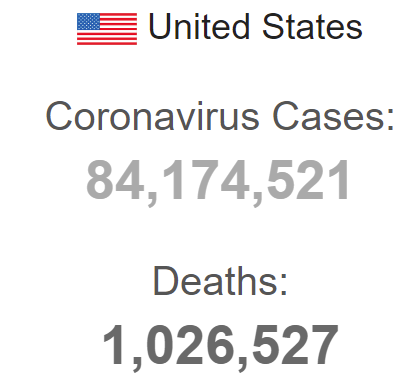
Working on a military base, I walk past a flagpole every morning on the way into the office. The flag is often at half-staff commemorating the passing of a senior official (as it was recently with the passing of former Secretary of State Madeleine Albright) or some tragedy that the President has seen fit to observe. I noticed it had been lowered again as of Thursday and couldn’t figure out why. It turned out, President Biden wanted to draw our attention to the millionth American death from COVID-19.
Today, we mark a tragic milestone: one million American lives lost to COVID-19. One million empty chairs around the dinner table. Each an irreplaceable loss. Each leaving behind a family, a community, and a nation forever changed because of this pandemic. Jill and I pray for each of them.
To those who are grieving, and asking yourself how will you go on without him or what will you do without her, I understand. I know the pain of that black hole in your heart. It is unrelenting. But I also know the ones you love are never truly gone. They will always be with you.
As a nation, we must not grow numb to such sorrow. To heal, we must remember. We must remain vigilant against this pandemic and do everything we can to save as many lives as possible, as we have with more testing, vaccines, and treatments than ever before. It’s critical that Congress sustain these resources in the coming months.
In remembrance, let us draw strength from each other as fellow Americans. For while we have been humbled, we never give up. We can and will do this together as the United States of America.
May God bless the one million American lives lost and their loved ones left behind.
When, exactly, the number was hit is hotly debated. Some government experts, looking at excess mortality numbers, think we actually lost a million by late December. The Worldometer data that I’ve relied on since the earliest days had us there weeks ago. And, of course, skeptics charge that the numbers are wildly inflated because there are incentives to categorize any death that can be as “COVID-related.” Regardless, the toll has been massive.
When the virus hit our shores in early 2020, few experts were predicting anything like this toll. As shocking as that number is, what’s almost unfathomable is that more than half of them have died since vaccines began rolling out. Indeed, looking at the trendline (via Worldometer) it’s hard to see where vaccines even kicked in:
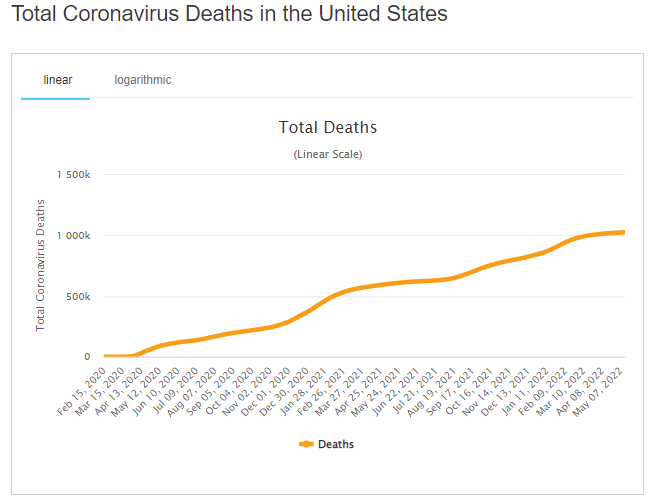
Even the logarithmic scale, which I find less intuitive but public health professionals find more useful, doesn’t help:
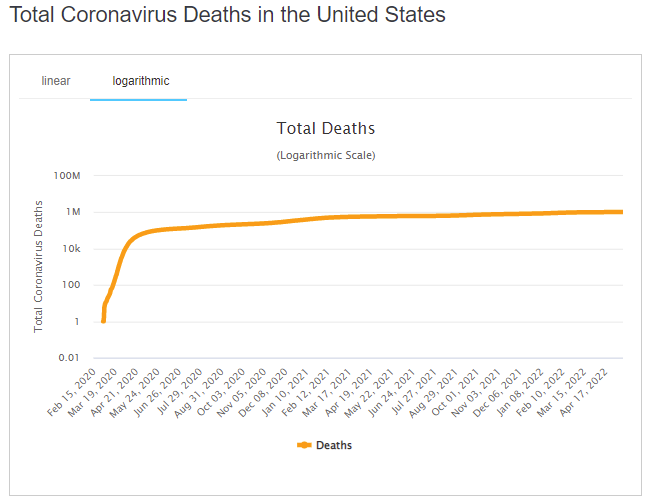
NPR cites an estimate that 319,000 American lives could have been saved if everyone had gotten vaccinated when they were eligible.
These figures come from an analysis released Friday by researchers at Brown University and Microsoft AI Health — shared exclusively with NPR — that estimates the portion of vaccine-preventable deaths in each state since COVID-19 vaccines became available at the start of 2021.
In early 2021, when the vaccines were widely distributed, there was huge demand. At the peak of the vaccination campaign in the spring, 4 million people got vaccinated in one day. That demand dropped off by summer. A year later, many states are still barely north of 50% of people fully vaccinated.
How many lives would have been saved if that slump in vaccine demand had never happened? To answer that question, Brown and Microsoft researchers calculated the peak vaccination rate for each state, and then imagined that rate continued until all adults in the state were fully vaccinated.
The total for the country is stark: Many of the nearly 1 million COVID deaths took place in 2020 before the vaccines were available. But of the more than 641,000 people who died after vaccines were available, half of those deaths could have been averted – 318,981 – had every eligible adult gotten vaccinated. And those numbers are even more striking in certain states where more than half of deaths could have been avoided.
It’s really stunning. Alas, the deaths were, to use a bit of social science jargon, overdetermined. Most of the people who chose not to get vaccinated also failed to follow recommended precautions like masking, social distancing, avoiding unnecessary exposure to crowds, and the like. They were also more likely to have comorbidities such as physical impairments. (Although, interestingly, not to be elderly; vaccine refusal is disproportionately a phenomenon of the young.)

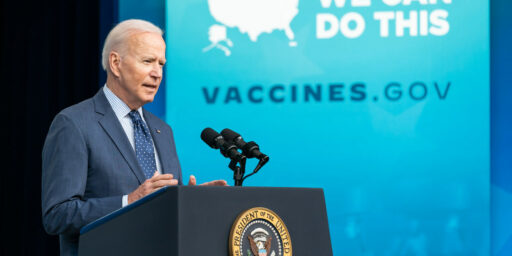
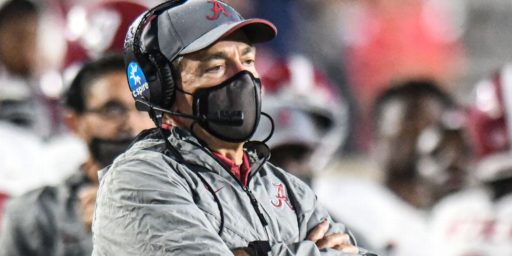
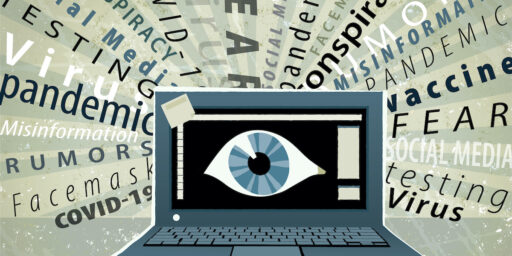
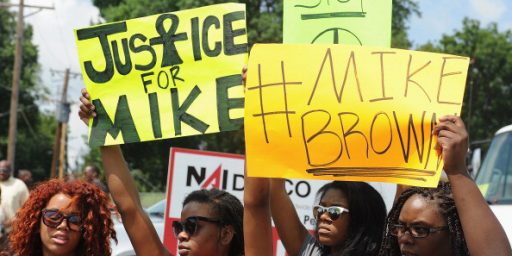
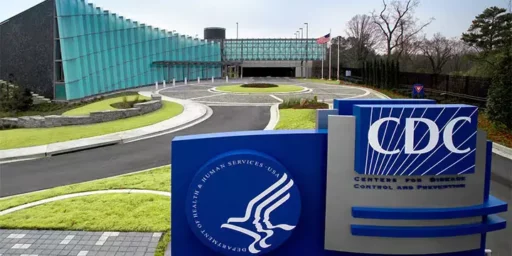
We can think about this in a different way: what if the vaccines had taken two to three years or more, as has been the norm since dawn of the vaccine age? How many dead then? What would our societies look like?
The fact that these vaccines were hitting the population just a bare year from the virus being identified is a fricking miracle. This virus could have burned through us with a death rate three to four times higher, driving the panicked and angry into society rending acts.
@MarkedMan:
Given that Delta was more transmissible than the original virus and at least or more deadly and with Omicron more transmissible still… Yes, the death totals would be higher and the country would be in greater peril.
It could have been worse, but it needn’t have been as bad as it was.
All in the name of “Freedumb!”
@Sleeping Dog: Not arguing about that. Canada, for instance, has a death rate 1\3 that of the US. I think it is worth considering governance though. Canada has a national health system, a national health policy, and a cohesive plan. In the US it is, for the most part, state by state. In Democratic led states the death rates are closer to Canada’s while the most Republican states have rates 5 times that of Canada.
One thing that always sticks out to me when I look at those numbers. NY and NJ have higher numbers than just about any other blue states but if you look more closely at their statistics you realize it is because they were ground zero, and got hit with a tremendous number of deaths when we knew almost nothing about this disease. In fact the normal way we ventilated patients showing similar symptoms was, in a cruel twist, probably doing more harm than good. Once you get past that first explosion though, NY and NJ do very well.
The tragedy of Republican governance is that they had all kinds of warning of what was to come, but they failed in the absolute basics of what we expect from governance – public health. As a whole, the effectiveness of the public health campaign in the United States puts us right between Chile and Armenia, nothing to brag about. But the most Republican States had public health campaigns that put them in the range of literally the worst responses in Europe (I picked Europe because we have some trust in the reported figures). As has been true for a couple of centuries now, states like Mississippi and Alabama perform at levels more typical of third world governments then developed nations. They performed about as well as former SSR countries with per capital income a tiny fraction of that in the US. Places like Bosnia, Georgia, Slovakia and Hungary.
In Democratic states, falling down on Public Health can mark the end of a politicians career. In Republican states, actively sabotaging Public Health is a net win for a politician.
As I recover very quickly from COVID, all I can say is: thank science for the vaccines.
My COVID experience so far: Sniffles, stuffy nose, feeling crappy for half a day, back to stuffy nose. No loss of taste or smell, no cough unless triggered by post-nasal drip, fever for a few hours. I figure by Monday it’ll be all but gone.
Yeah, it was Omicron which is “milder” etc. but I know unvaxxed people who got Omicron and “milder” or not it still put them down for a week. No thanks.
And somehow this million dead Americans seems to not be real to so many of us. I try to understand conservatives, but I fail to understand this.
@MarkedMan:
Alas, the 50 states, 50 responses to a crisis is baked into our system and unfortunately public health is among the most piecemeal government services. Then the response was politicized, though not simply along Dem/R lines as several R governors responded appropriately and saved the lives of a number of their citizens.
The CDC has tracked Excess Deaths from all causes here and that tends to shut down skeptics of the “died with COVID” variety.
@Mikey: So far, my luck is still holding: my last Covid test was, again, negative and my symptoms were similar to or even milder than yours–except for the lasting 10 days part. My fever was high and, apparently acetaminophen resistant in that it came back every time the medication wore off. All things being equal, I might have been as well off if I’d gotten Covid rather than some rando E-ticket viral ride. My clinic finally confirmed the Covid negative Thursday of the week following the one in which I started, which was not quite as bad as it seems because I only felt well enough to go in for the Covid test my doctor ordered by Friday of week one. Never been this sick to my recollection.
@gVOR08: I get how the nation is ignoring the information. As Stalin noted, three thousand deaths of people close to us happening over a course of 15 or so minutes on a warmish September day (and all remembered in memorial photographs published in newspapers and other media) is a tragedy. A million deaths of faceless people we’ll never meet or know (even vicariously) happening over two or three years (and many of those due to the negligence of those selfsame dead) is very much a statistic. I see the difference very well.
@Tony W: alas, no information shuts them down because they know what’s right.
1 in 10 Covid (100,000) deaths were vaccinated.
US Deaths
2017 2,813,503
2018 2,839,205
2019 2,854,838
2020 3,383,729
2021 3,458,697